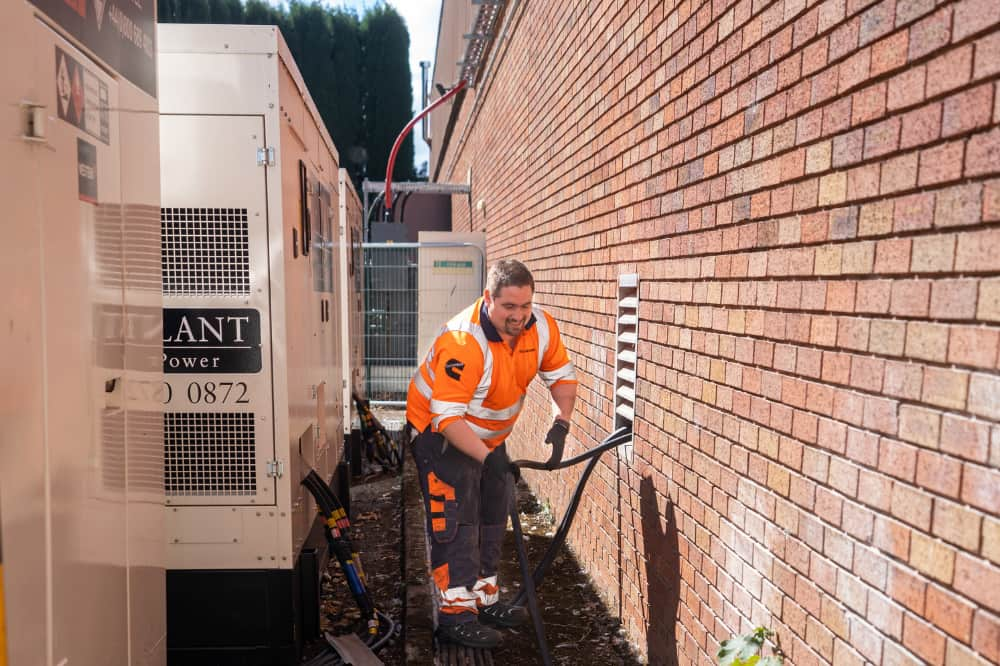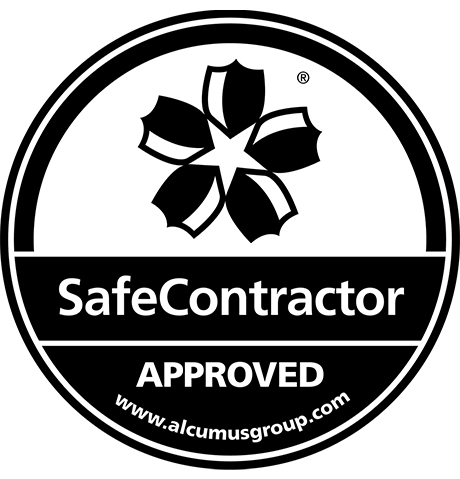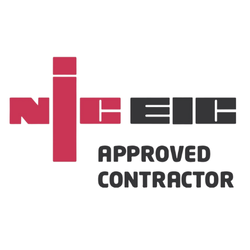Hospitals are arguably the most critical of frontline emergency services, which means they need to keep operating in absolutely all conditions. This includes power cuts, terrorist attacks, wars, earthquakes and other natural disasters.
Maintaining access to a continuous, reliable supply of backup power is absolutely vital in these worst-case scenarios, as patient lives depend on it. In most cases, hospitals are legally required to have comprehensive contingency plans in place.
One of the most important measures in these plans will relate to the design, installation, testing and maintenance of backup generators.
Why Are Hospital Backup Generators Essential?
If you’ve ever wondered what happens when power goes out with a hospital, the answer is that the generator system kicks in.This is because they can be essential in an unexpected situation, such as a city-wide blackout, localised fault, storm or even a cyberattack.
If the mains power goes out, generators can keep the lights on so that healthcare staff can keep working to diagnose and treat patients. Even more importantly, generators can provide the power to keep life-saving equipment running. This includes ventilators and life support machines, as well as surgical equipment.
The power outage may be temporary, but hospitals simply can’t afford even a few seconds of downtime. Access to emergency power can prevent life-threatening scenarios for critically ill patients across the facility, from the ICU to operating theatres.
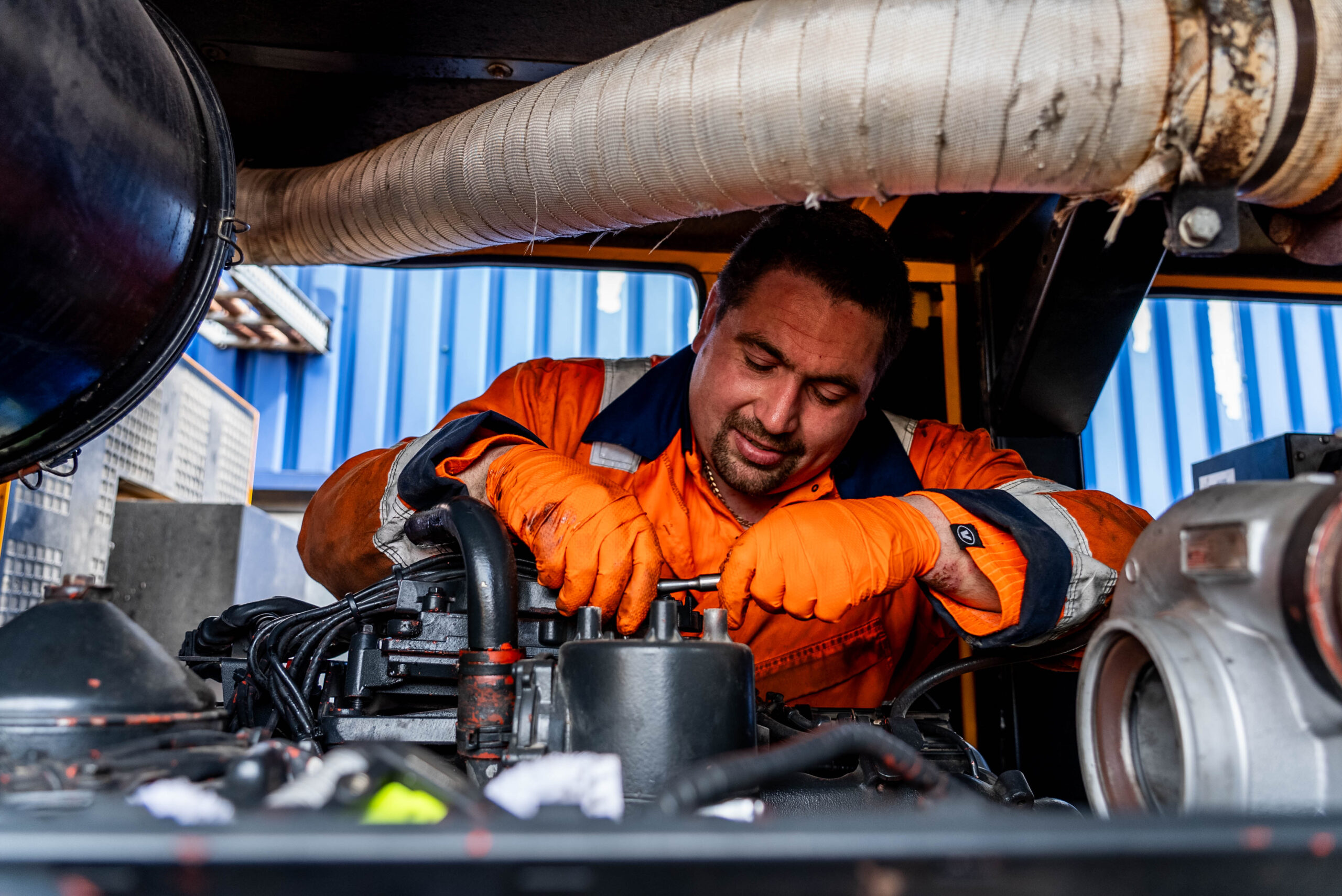
How Do Emergency Power Systems Support Critical Healthcare Equipment?
One of the most important components of any emergency generator installation is the Automatic Transfer Switch (ATS). This is a sensitive piece of equipment designed to detect power outages, even very minor ones. When this happens, the ATS facilitates an immediate switch to generator power.
It’s unlikely that generators will be able to power everything in as power-hungry an environment as a major city centre hospital. Instead, the hospital is likely to carry out a detailed risk assessment in order to identify the most critical healthcare equipment and systems. These tend to include:
- Life-saving equipment such as ventilators, heart monitors, incubators, surgical lighting and imaging systems
- Secondary systems such as lighting in patient rooms, nurse call systems, communications and refrigeration for medicines, vaccines and blood supplies.
It is these systems that will be powered by the generator until the mains power can be restored.
Generators can also be integrated with other emergency power equipment such as uninterruptible power supplies (UPS). These bridge the gap between power loss and generator startup, which can be especially important for sensitive electronic equipment.
An example of this is MRI scanners, which need a stable voltage to prevent damage. A combination of generators and UPS can help to ensure no interruption to the power supply in case of an outage.
Regulations And Standards For Hospital Power Backup
Hospitals worldwide are required to comply with legislation relating to contingency planning and emergency power supplies.
In the UK, a couple of the main regulations are:
- HTM 06-01 (Healthcare Technical Memorandum) – this provides guidance on the design, installation and operational management of electrical services in healthcare premises
- BS EN 50160 for voltage quality
- BS 7671 wiring regulations.
There are also NHS-specific resilience standards, along with requirements relating to testing compliance, generator redundancy and fuel storage rules.
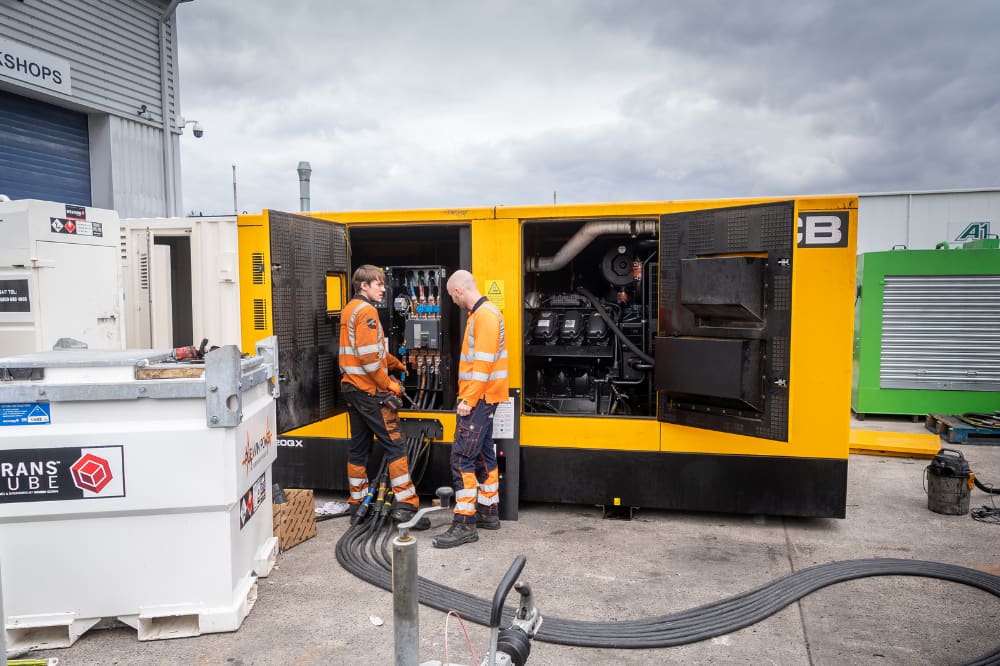
What Maintenance Is Required To Keep Hospital Generators Reliable?
The key to maintaining effective hospital power outage solutions is proactive maintenance. Unplanned outages could be fatal, so preventative steps need to be taken to ensure that generators are always in fully functional condition.
Hospitals should have a schedule of regular maintenance in place, working with an experienced partner. Routine checks include:
- Fuel quality (to prevent microbial growth in diesel)
- Oil and coolant levels
- Battery health for starting systems
- Electrical connections and wiring integrity.
Systems should also be checked for seasonal readiness. For example, practicing cold weather starts and ensuring cooling systems are functional for summer.
Extensive and detailed logs should be kept for all maintenance, as record-keeping is a central part of regulatory compliance.
Testing And Servicing Emergency Generators In Healthcare
Alongside regular maintenance checks, emergency generators used in healthcare environments should also undergo a more detailed programme of regular testing.
This includes load bank testing, to simulate the full operational load required to maintain critical hospital services. Automatic Transfer Switches (ATS) should also be tested for sensitivity and response time.
Generators should ideally be serviced every 250-500 hours of operation, or annually – although hospitals may want to put their own servicing schedules in place based on their own risk assessments. Fuel polishing should also be carried out on any stored fuel, as it could be subject to contamination or sludge build-up if kept for any length of time.
Lastly, there’s staff training. Ideally, staff should undergo 24/7 readiness drills, so they know exactly what to do and who to contact if emergency power systems fail to start.


